Desert Dreaming
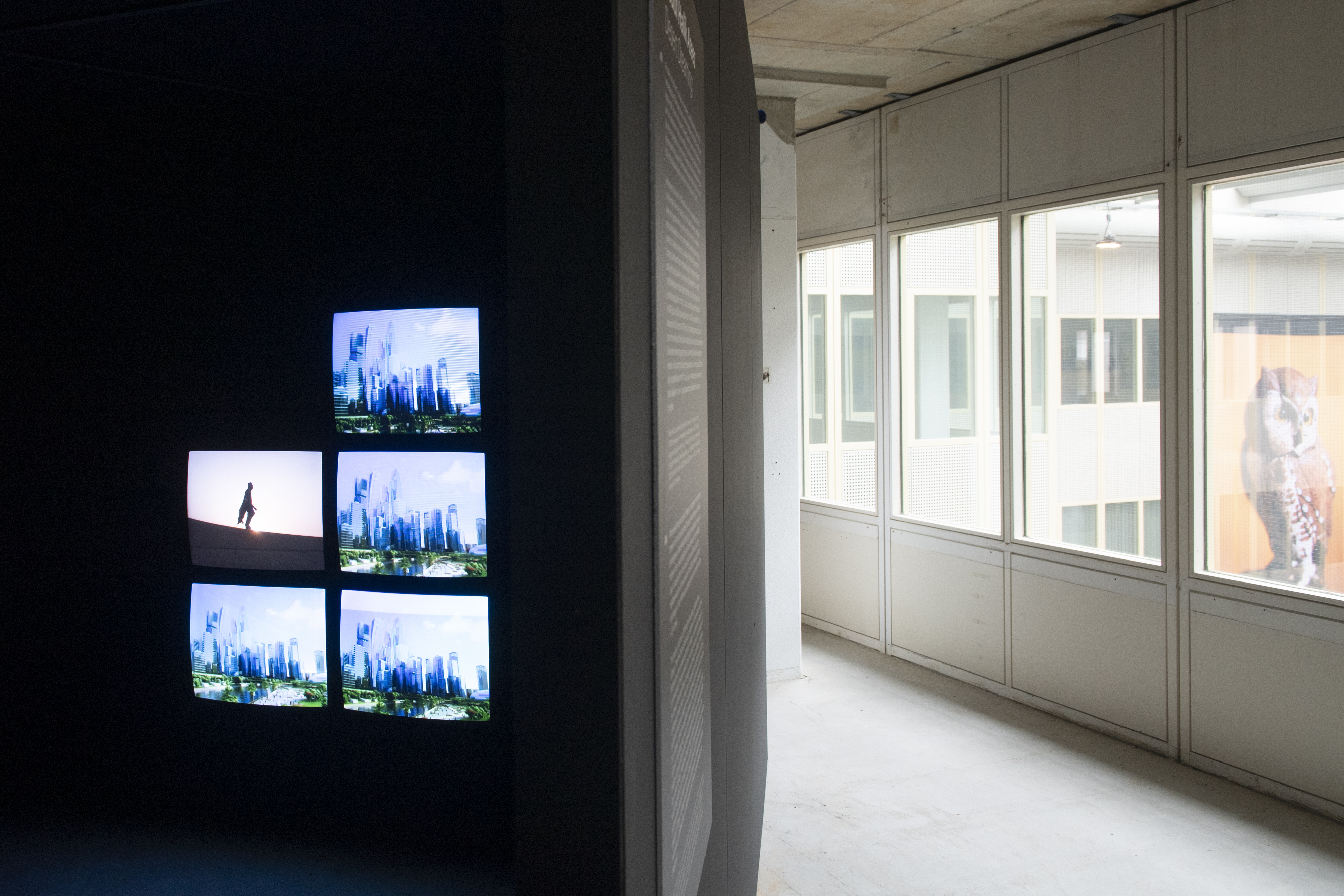 Stranger in a Strange Land (2024), five channel installation, video on CRT monitor and publication (31:15), installation view, Breda Photo 2024 (26:09) [Mock up screener]
Stranger in a Strange Land (2024), five channel installation, video on CRT monitor and publication (31:15), installation view, Breda Photo 2024 (26:09) [Mock up screener]Using found archives and photo albums of my family, “Desert Dreaming” began with inquiring into all that is missing yet forms one’s consciousness in the family portrait and transforming spaces of a familial home. In investigating the recent history of Sri Lankan Muslims, the work traced labor migration to the Middle East and the micro impacts of large shifts such as the neoliberalization of the economy in the 70s, the dual civil war that began in the 80s and subsequent post-war transformations in Sri Lanka. Embracing the fluidity and interconnectedness of multiple histories, the project is now evolving into an excercise in alternative world building, where narratives of globalization shift and sit together in ways that defy teleological, linear history.
 Great World Atlas (2024), Photographs and digital collage, various dimensions, from the series Desert Dreaming (2019-ongoing), installation view, Asia Pacific Triennial, 2024. PHOTO COURTESY Queensland Art Gallery | Gallery of Modern Art and Joe Ruckli
Great World Atlas (2024), Photographs and digital collage, various dimensions, from the series Desert Dreaming (2019-ongoing), installation view, Asia Pacific Triennial, 2024. PHOTO COURTESY Queensland Art Gallery | Gallery of Modern Art and Joe RuckliBegun in 2019, the work has progressed in multiple iterations. I have created installations, video work and publications. Each iteration is an experiment in expression, which then morphs and changes in its next showing.
WORKS

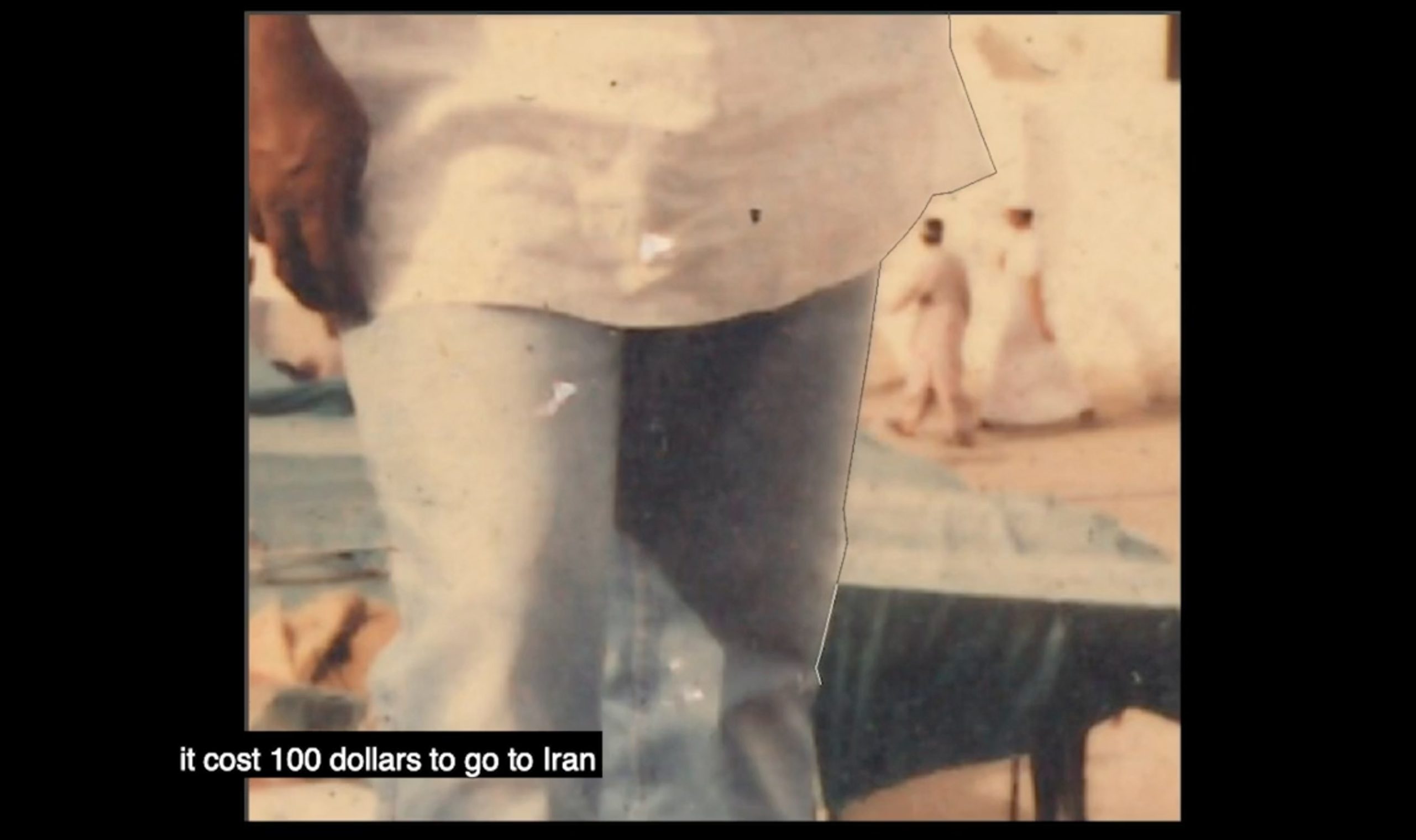
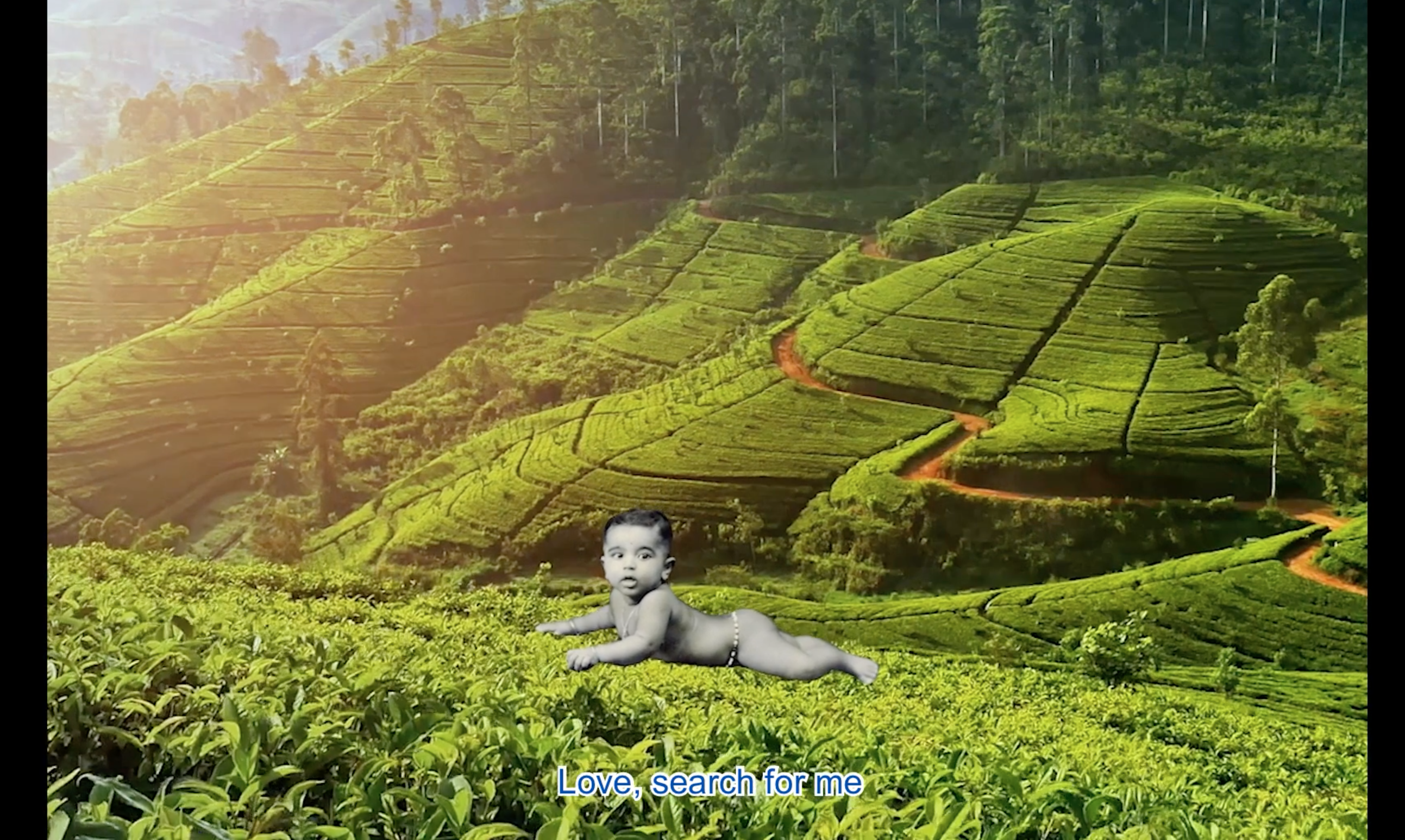
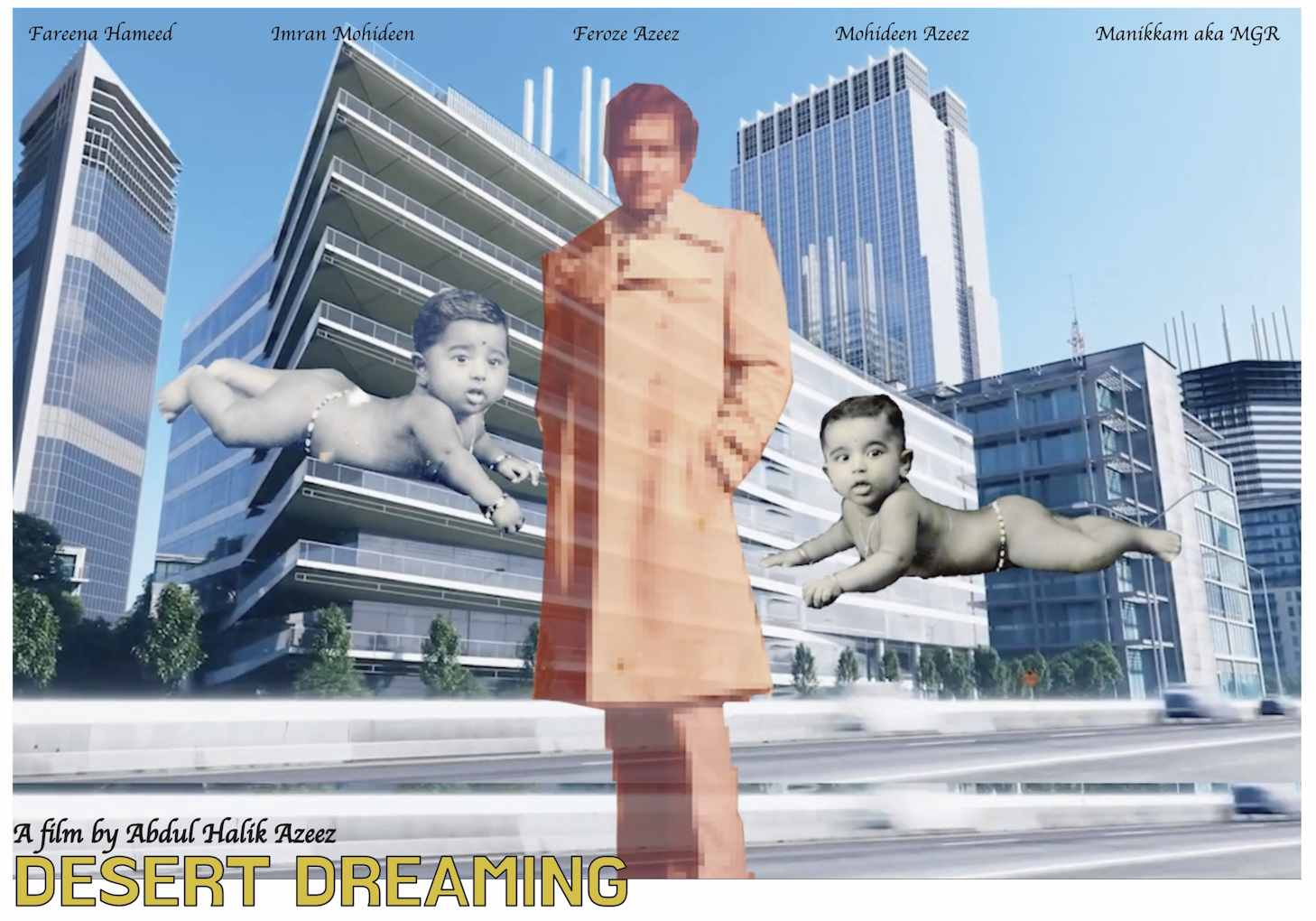
A recording of a conversation with my father as he tells of how he traveled overland to Iran and then Italy in the 70s, is overlaid with images of my uncle, among other members of my family, “visiting” holy sites in Mecca. The second half of the film uses an aural landscape drawn from the soundtrack to a famous Tamil film; Ulagam Sutrum Valiban (the youth who traveled the world) (1973), overlaid over a video promoting the Port City, Colombo’s highly controversial Chinese driven land reclamation project. MGR, the star of the film, was born in my hometown in Sri Lanka in the same year as my grandfather. His swashbuckling characters were the fodder of dreams for a generation of young people including my aunts and uncles, even as they had to evade the strict supervision of my grandfather to watch them.

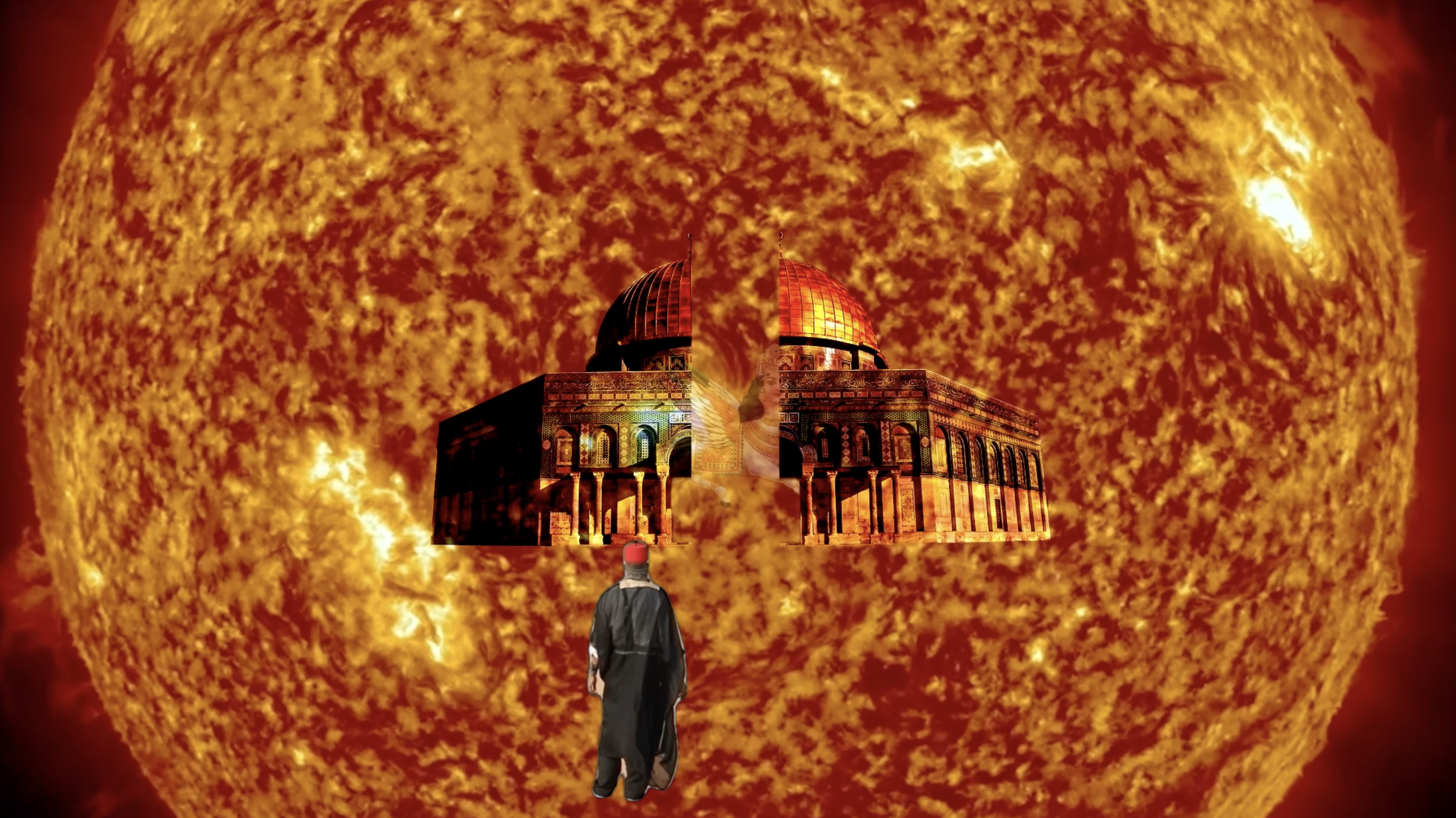
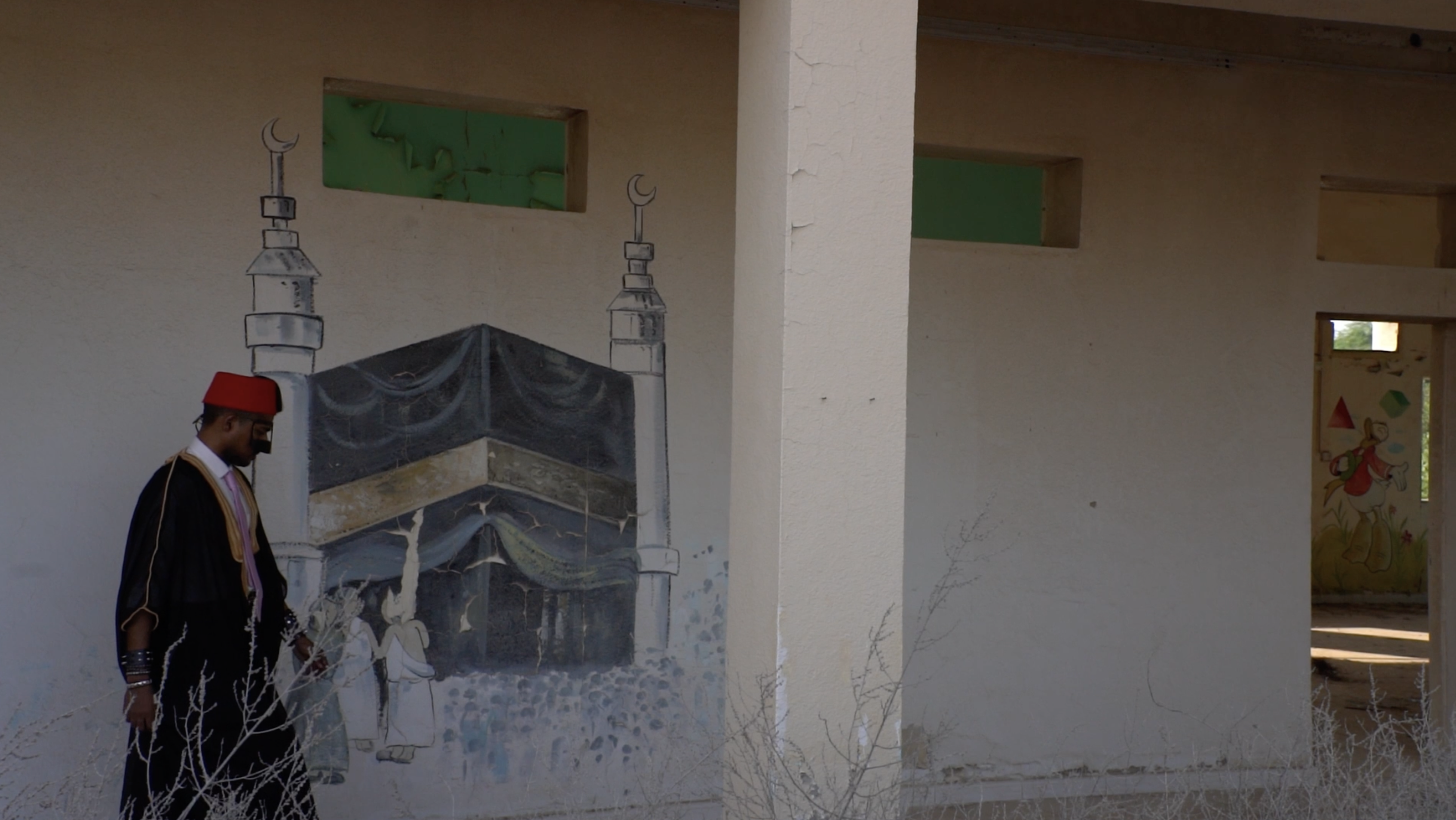
My entire family used to live on a single hill in the Central Province of Sri Lanka. My childhood memories are full of running in and out of different houses, with a cohort of cousins, uncles, aunties and extended family everywhere. The economy had opened up a few years before I was born, and my parents eventually moved to the big city, Colombo, in search for work and a better life for me in the burgeoning capitalist economy. Suddenly I was an only child, raised to become a member of the workforce, imbibing ways of being, and ways of being Muslim, through second hand sources: no guidance from a gentle tribalism, no atmospheric cultural sense of self, now school textbooks and evangelical movements by way of radicalised relatives pushed Islam my way, square peg in a round hole style, into the cracks and spaces left in the wake of my formation into a good worker. These disciplines were mediated by the eager consumption of western culture, a salve for the soul, an expression of freedom finding itself in cathartic expressions of rage listening to rap music and heavy metal.


The South-Indian actor-politician MG Ramachandran (popularly known as MGR) has had an outsized impact on the masculine self-imagination of a significant portion of Tamil speaking Sri Lankans within generations who came of age in the mid 20th century. MGR was born in Sri Lanka in my home town of Nawalapitiya in the same year as my grandfather. Elsewhere in Desert Dreaming I explore the significance of his work on my parents’ generation, as they sought out role models that bridged emerging modernities with traditional pasts. Manikkam (AKA Pettah MGR) is living embodiment of this phenomenon. A day labourer in Pettah, he committed to “living like MGR” at a young age. He has dressed in the various costumes from MGRs movies (which he invests much of his earnings into) since the age of 18. Manikkam traces not just an alternative cultural history of post-independence Sri Lanka, but illustrates also how marginal people in Sri Lanka have resisted hegemony by finding space to form their own dreams and ambitions, reframing life as they see it through these alternative lenses. In this ongoing work in collaboration with Manikkam, I interview him and follow him along on his daily rounds as he lives and works in a now rapidly transforming Colombo.

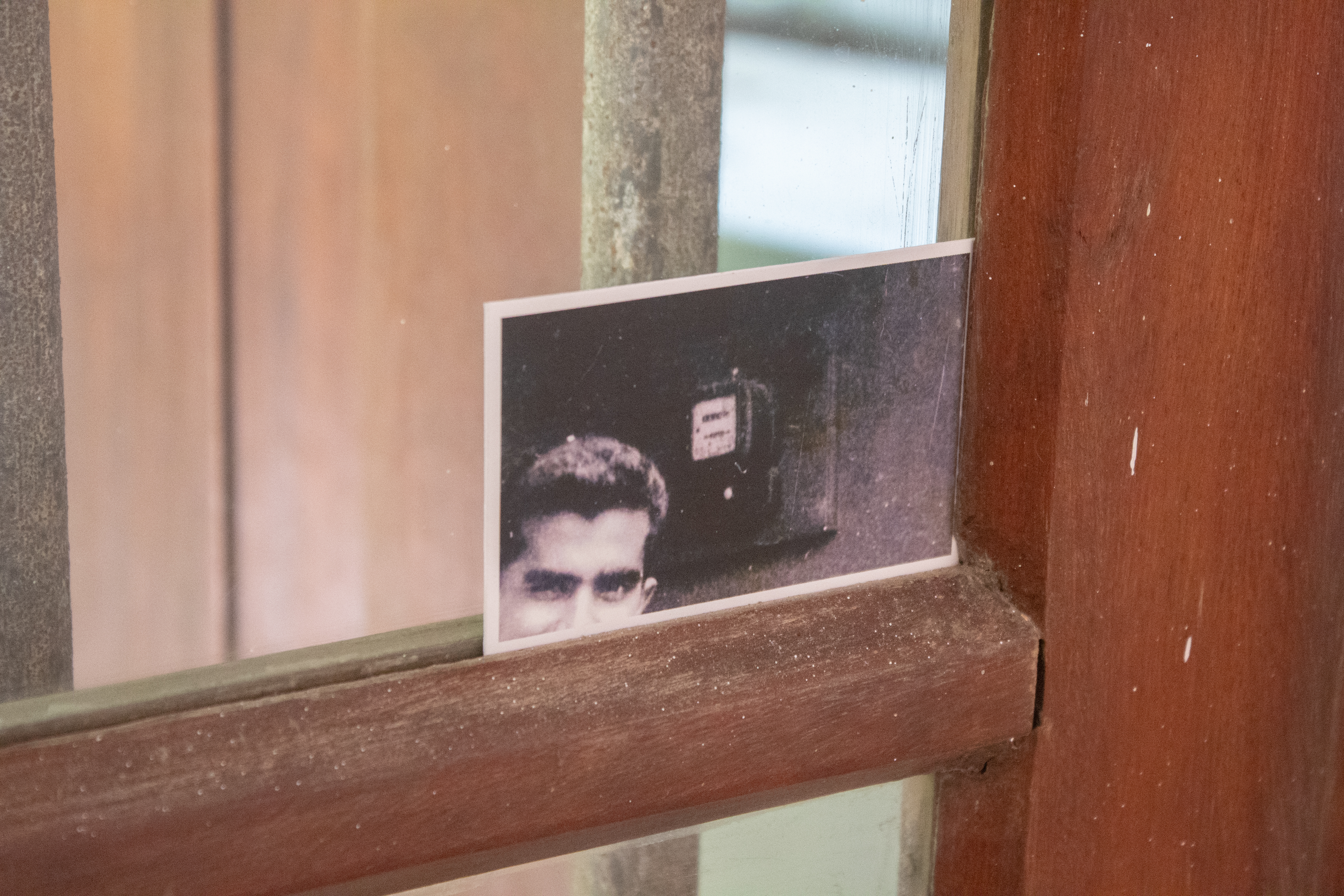

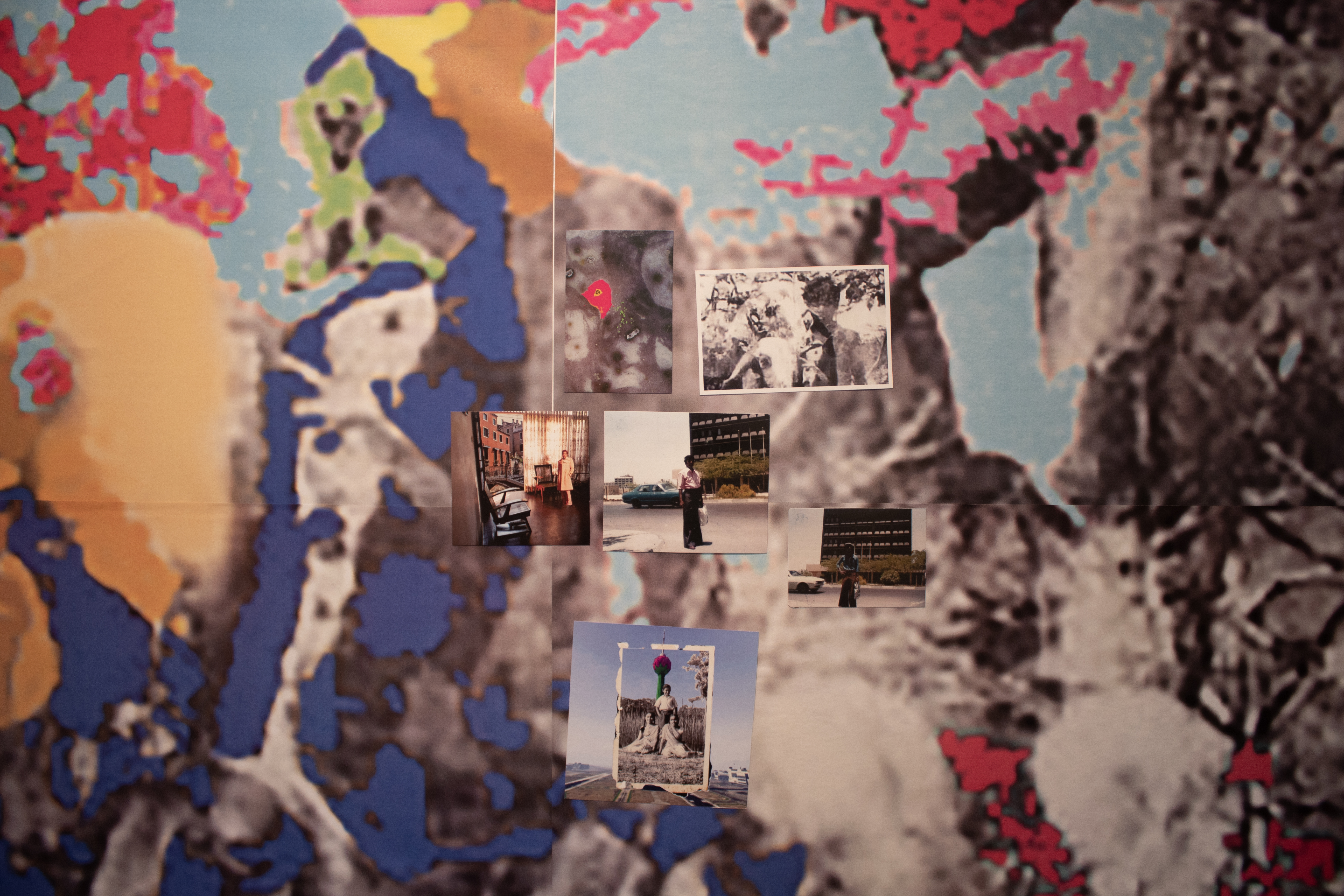
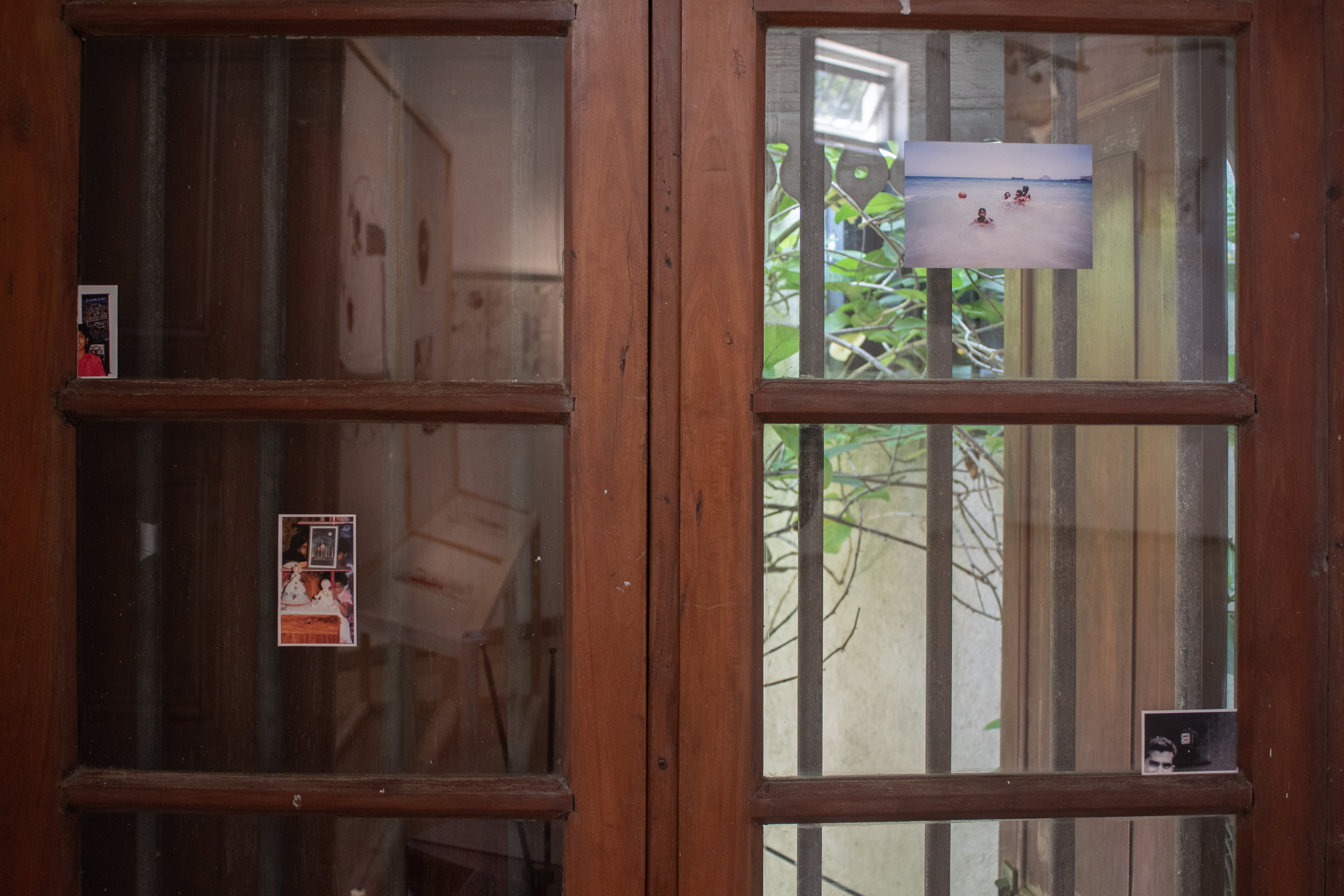

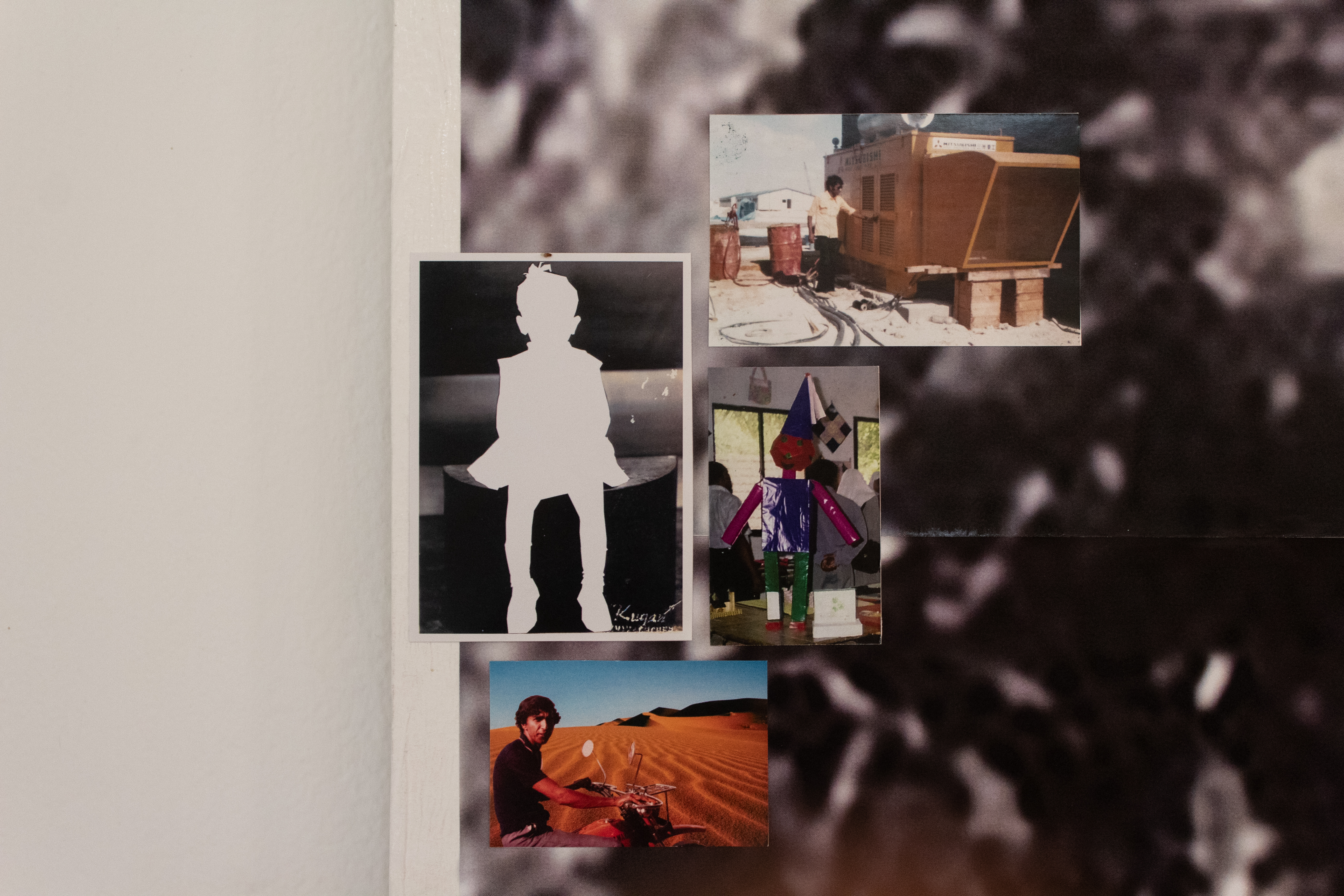

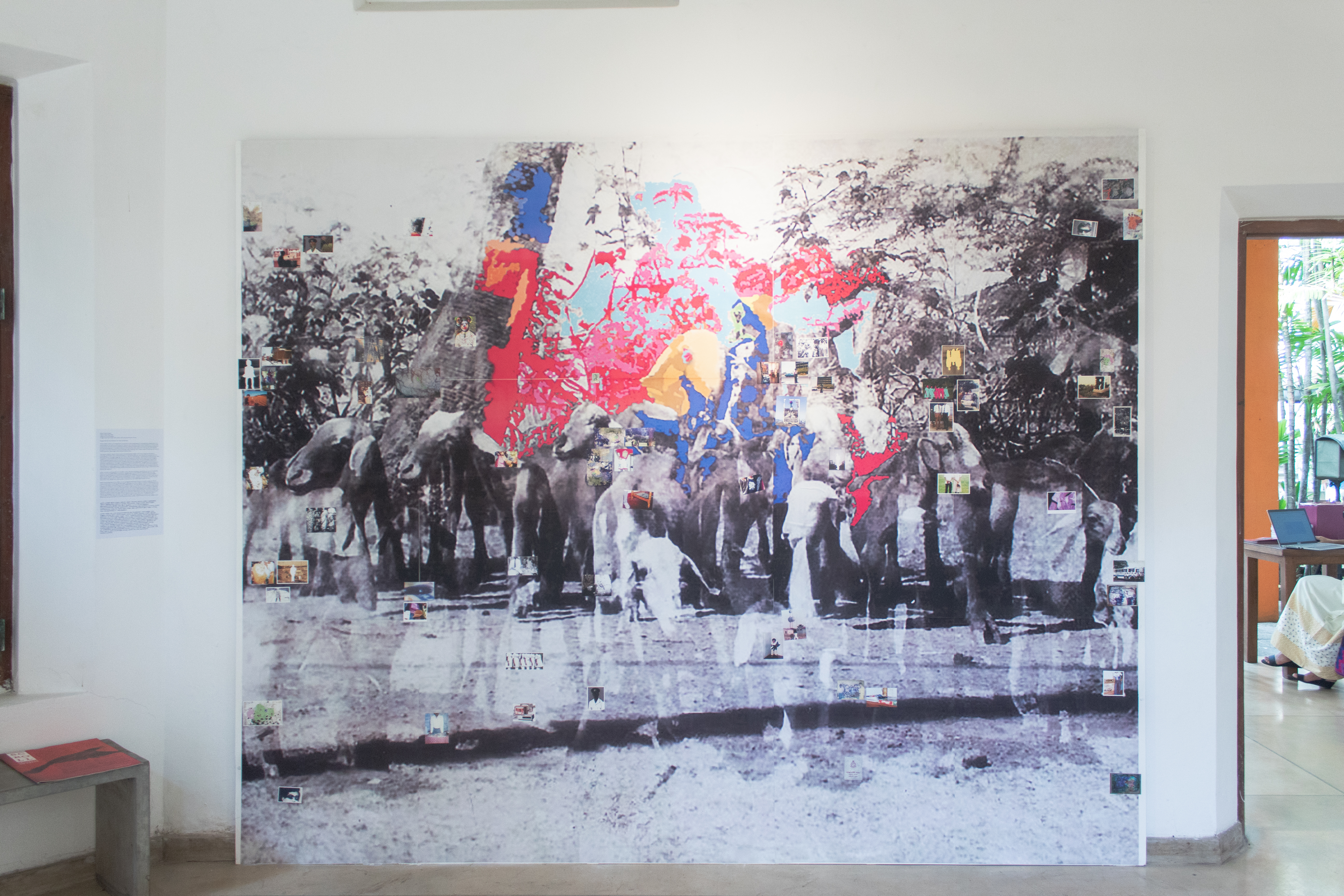
Detournements on images from family albums and found archives. Hours spent coloring in pixles, and playing with visuals provided a meditative space for me to re-remember my family’s past and my own childhood in the period of my grandmother’s battle with cancer and subsequent passing away during the pandemic.
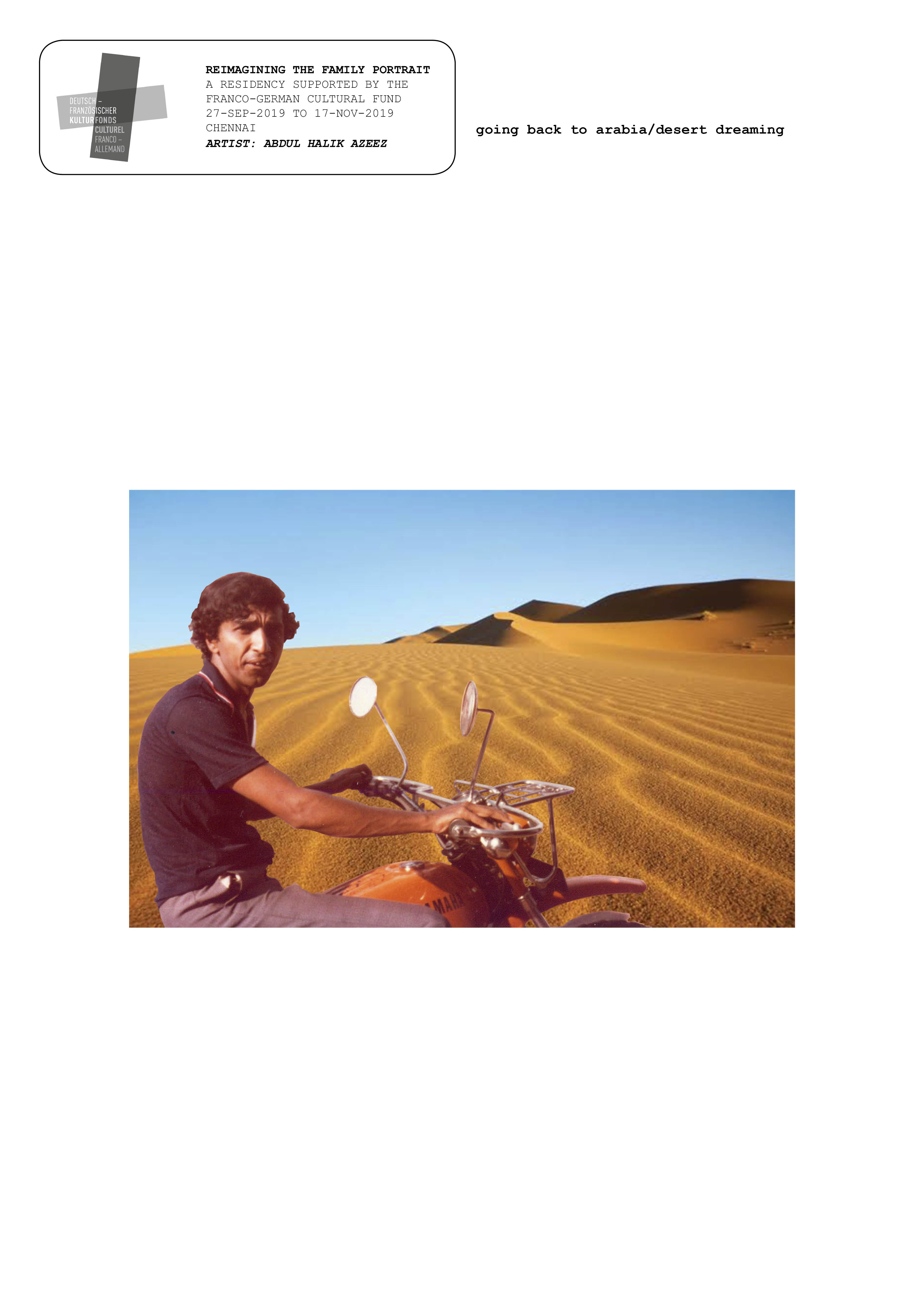



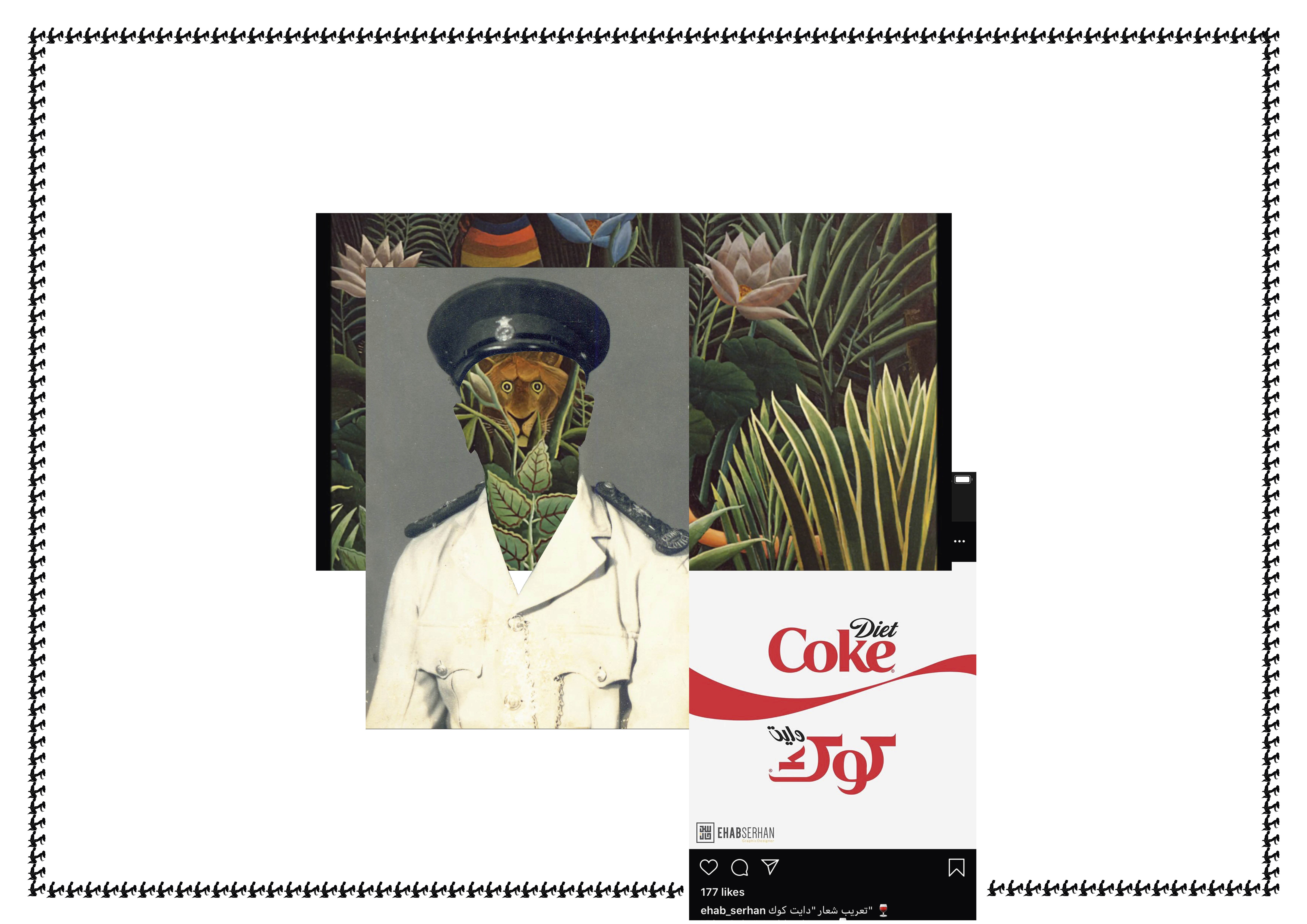

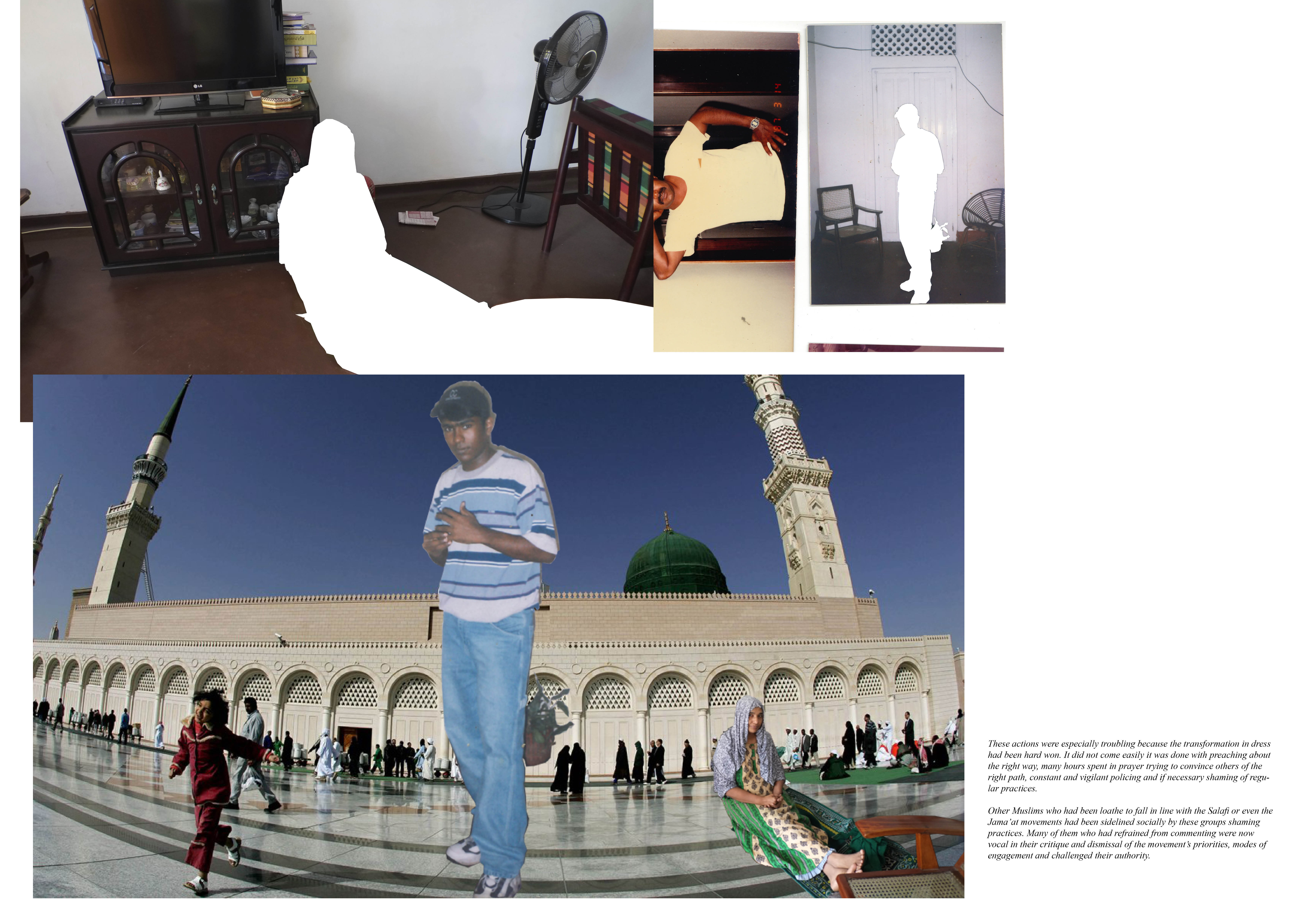
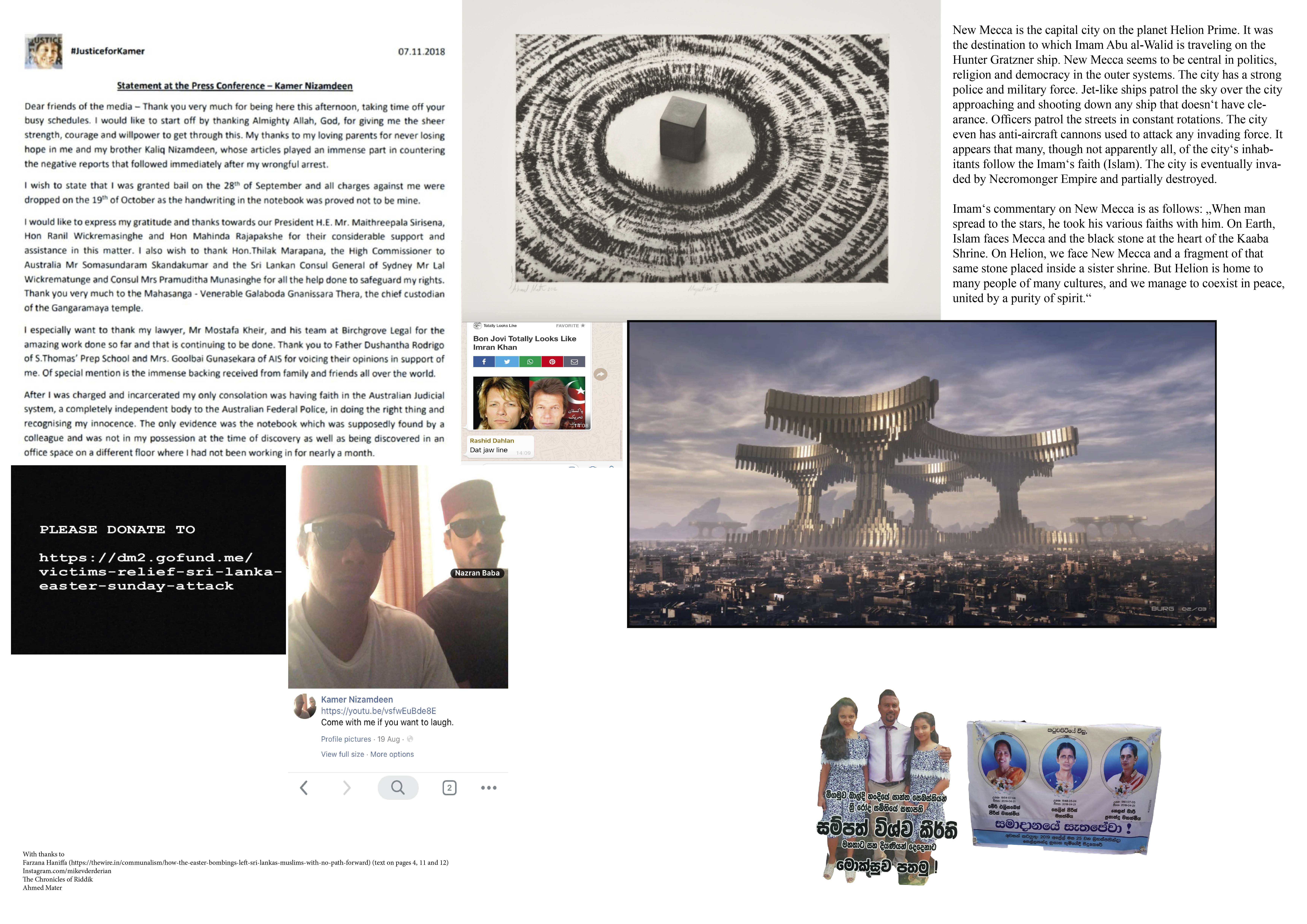
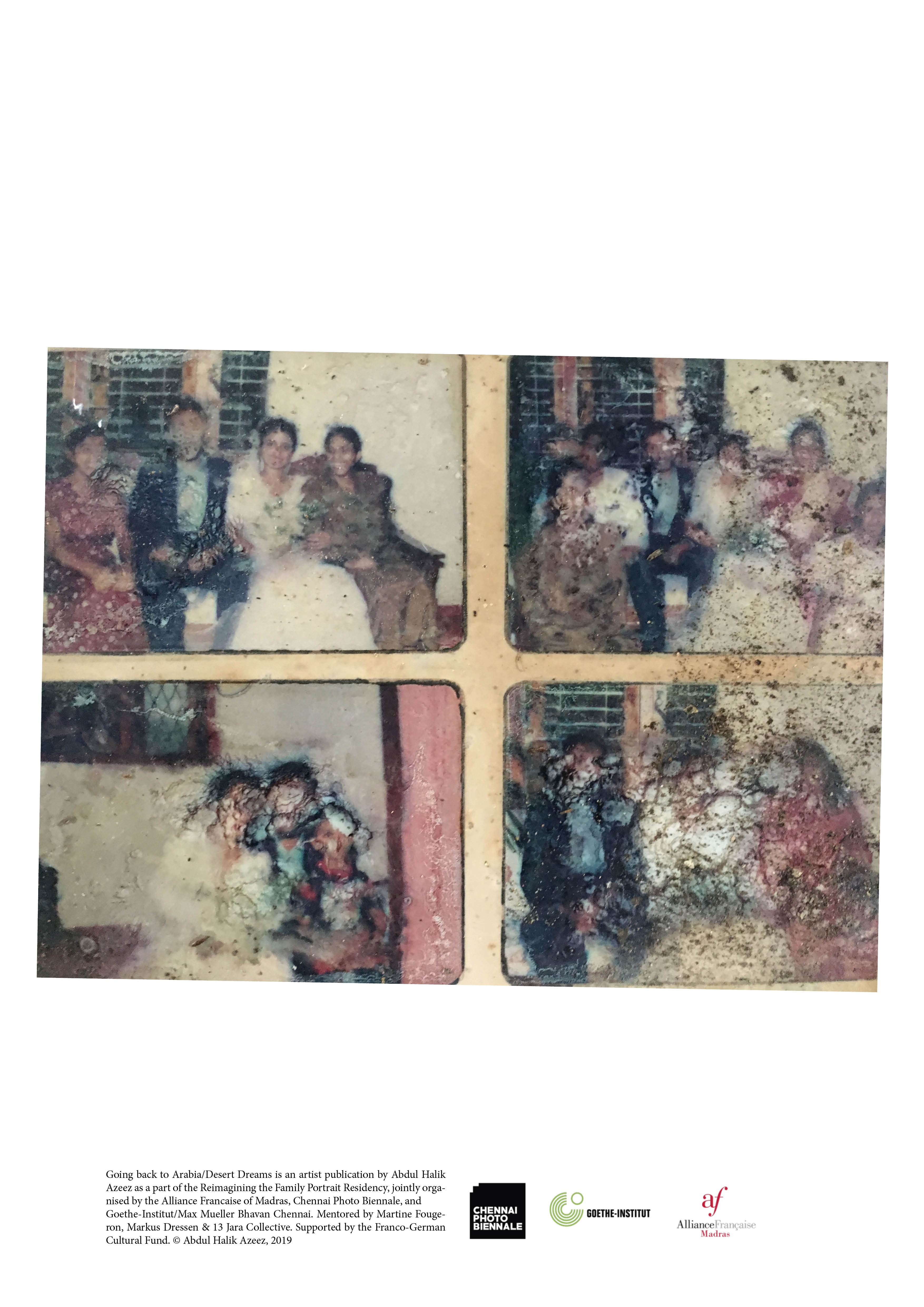
This zine employed found photography, found text, collage techniques etc to put together an initial study of areas of interest and curiosity as I completed a month of initial research in Chennai in 2019.
 Installation view, Desert Dreaming (publication), featured at Kaghazi Pairahan: Publishing and Resistance in South Asia, Double Dummy Studios, Arles (2023)
Installation view, Desert Dreaming (publication), featured at Kaghazi Pairahan: Publishing and Resistance in South Asia, Double Dummy Studios, Arles (2023)